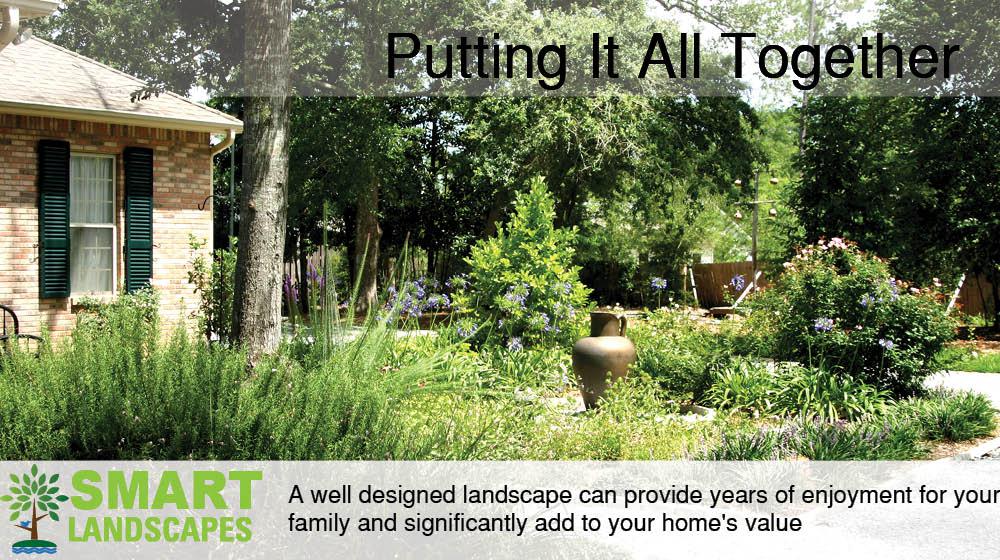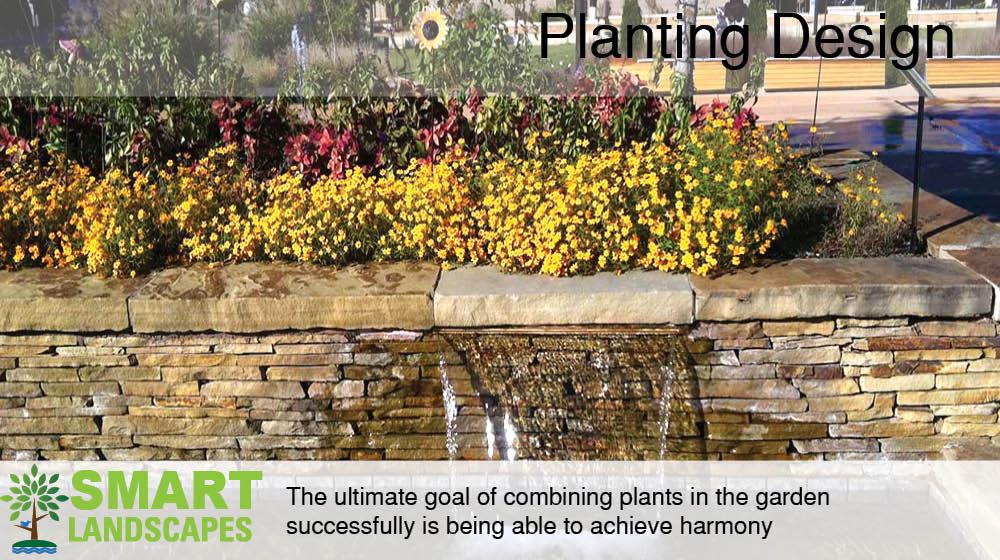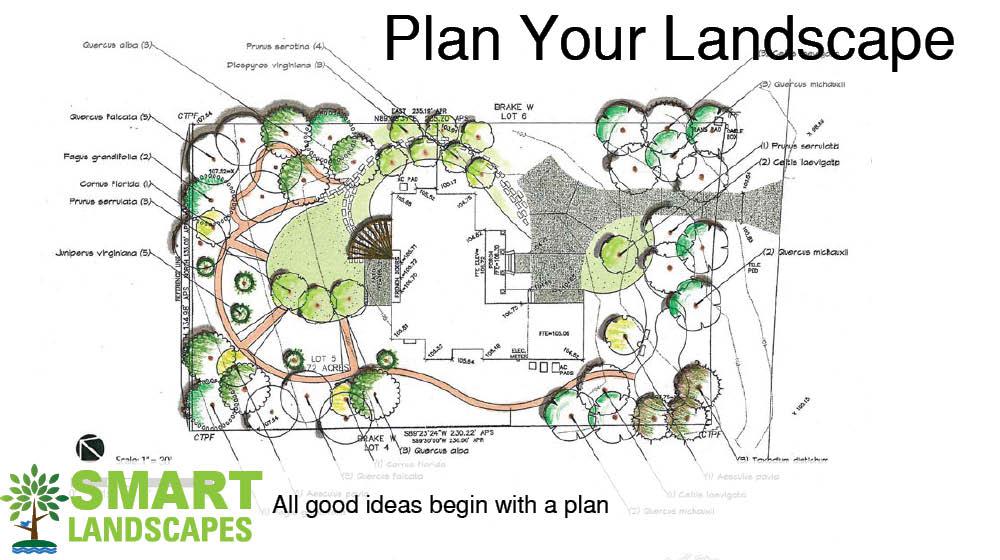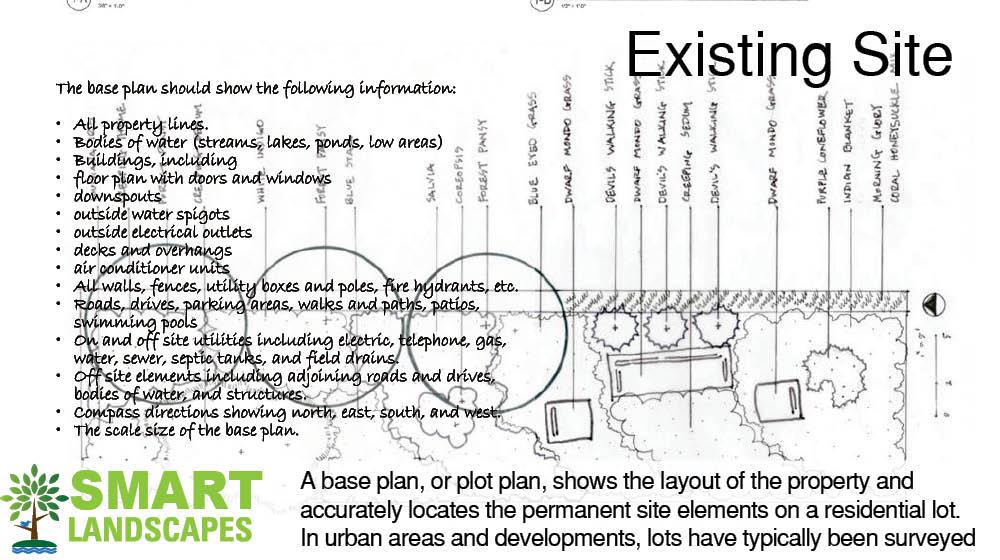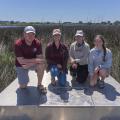Smart Landscapes
Smart Landscapes
A Mississippi Smart Landscape is not just a good-looking and low maintenance yard, it's an environment that encourages wildlife, uses water wisely, lowers our energy costs, and benefits both our home and our neighborhood. A Mississippi Smart Landscape uses tried and trusted methods with a little artistic flair to create an attractive and ecologically sound garden that will complement your home and neighborhood.
If you wish to create a Smart Landscape, you must first decide whether you're designing on a small budget or hiring a professional.
Study your site, making note of good features and problem areas, and make a plan for your landscape based on your notes.
Use this directory of information to help form a Mississippi Smart Landscape plan.
MSU Extension Service Publications
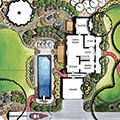
Home Landscape Design
A well-designed and functional home landscape can add to your family’s joy and increase the value of your property. Modern landscapes are meant to be beautiful and useful. A well-planned landscape provides your family with recreation, privacy, and pleasure. Conscientious homeowners know that the landscape should also have a positive environmental impact.

Developing a Home Landscape Plan
A well-designed landscape can provide years of enjoyment for your family and significantly add to your home's value. This publication will help you understand the steps to the residential design process and allow you to develop a landscape plan.
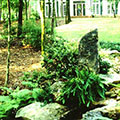
Designing with Native Plants and Naturalistic Landscapes
Gardens that celebrate and fit the natural Mississippi landscape are a desire of many homeowners and educators. When you use native species in the landscape, these plants will easily adapt to local soil and climate conditions, provide food and shelter for local wildlife, sustain local flora types, and create an atmosphere unique to our state. Just as there are many plant species that are native to our region, there are many approaches to incorporating native plants into private and public gardens.
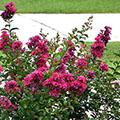
Planting Design Fundamentals
The types of plants that we choose and how we arrange them in our gardens must satisfy functional needs, as well as to be able to fulfill our design intent. Achieving harmony is the ultimate goal of combining plants in the garden successfully. Plants should harmonize with the unique qualities of the site, with the building elements and materials, and with other plants in a complementary way. With a good planting design, plants should appear as if they belong in the design. Because of the possibility of changing, adding, or removing plants, a good planting design is never finished.
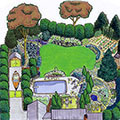
Selecting Landscape trees
Trees are among the most beautiful, useful, and permanent products of nature. Selecting the right tree or trees for the home landscape is an important decision. Your choice will impact not only you, but also those who inherit or buy your property in the years to come. Because trees are considered to be a more permanent part of the landscape and can take years to achieve the desired effect, planting trees is one of the first priorities when installing a new landscape or renovating an old one.
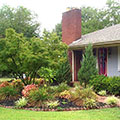
Foundation Plantings
The foundation planting in today’s landscaping world has evolved from its original function. In the past, most homes had unsightly foundation walls or were built on stone or blocks with open areas under the house. This publication will help you design a foundation planting to hide foundation walls or conceal open areas underneath houses.
Additional Resources
Right Plant, Right Place
The Florida Yards & Neighborhoods Handbook
http://www.floridayards.org/landscape/The_Florida_Yards_and_Neighborhoods_Handbook_Web.pdf
Chapter 1 page 5
Landscape Planning Worksheet
The Florida Yards & Neighborhoods Handbook
http://www.floridayards.org/landscape/The_Florida_Yards_and_Neighborhoods_Handbook_Web.pdf
Chapter 1 page 15-16
Publications
News
PICAYUNE, Miss. -- The public is invited to celebrate part of the Mississippi State University Crosby Arboretum’s history during the Strawberries & Cream Festival April 13 in Picayune.
The Mississippi State University Extension Service was part of a team that received a national award in July for innovation in conservation efforts.
The Soil and Water Conservation Society gave the Conservation Innovation Award to the One Good Idea online platform, which is a component of a larger project led by Beth Baker, associate Extension professor in the MSU Department of Wildlife, Fisheries and Aquaculture, and involves five multi-state partners.
Success Stories
Billy Mitchell spent his childhood summers in the water and has lived at Pelahatchie Bay for more than three decades, so his dedication to protecting water resources now almost makes too much sense.
Robin Whitfield, who gave the child the paper, stands awestruck, watching her friend’s daughter use the flower to draw and color on the page.
Mississippi State University and partners have been awarded a grant of nearly $6.6 million from the National Fish and Wildlife Federation for shoreline restoration work on the Gulf Coast.

